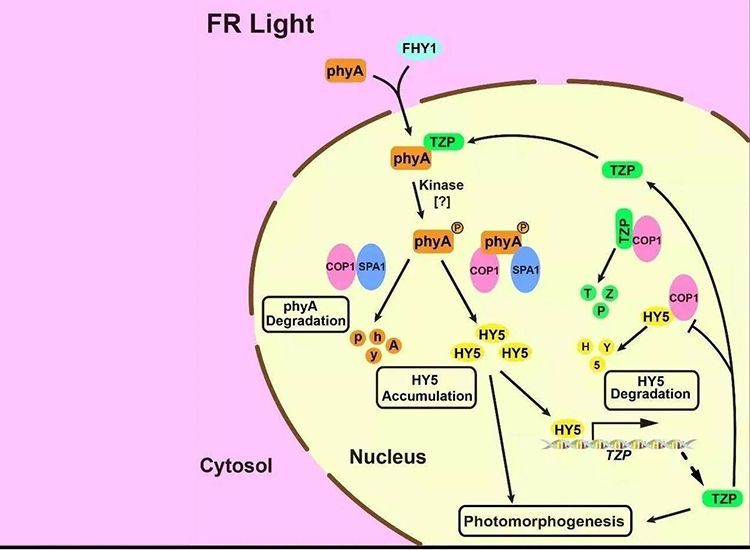What are FR (far-red light) and UV (ultraviolet light)? What do they do for plants?
When discussing topics related to 'plant cultivation methods,' factors such as light, soil, moisture, and temperature and humidity are all key considerations. Among these, the most frequently discussed aspects of lighting include light intensity, duration, and the red-blue spectrum ratio.
Like infrared and ultraviolet light, they are often seen as 'marginal players,' but in reality, the impact they have may far exceed your expectations.
Today, let's take a look at what FR is, what UV is, and how they can affect plants.
What is UV?

The right amount of ultraviolet light can enhance the resistance of plants, improve the color of the plant surface, and increase nutrition.
Compared to FR light, UV light (ultraviolet light) is primarily divided into three types: UVA, UVB, and UVC. In plant cultivation, the most commonly used ultraviolet light is UVA (320-400nm) and UVB (280-320nm), as UVC is mostly blocked by the ozone layer.
What is FR?

FR stands for far-red light, which refers to light with a wavelength between 700 and 780 nanometers.
What is the effect of FR light on plants?
Let’s explore an interesting question: How do plants determine the right time to flower or when to increase in height?
The answer can be found in special light-sensitive molecules known as phytochromes.
Phytochromes are proteins in plants that detect light and act as signals, guiding plants on how to adjust their growth and behavior.
Far-red light (FR) plays a vital role in this process. It affects various aspects of plant life, including flowering, fruiting, and stem elongation by influencing phytochrome activity. Additionally, FR light can shape a plant's structure.
In photoperiod-dependent plants like cannabis, exposure to far-red light can accelerate the transition to the flowering phase, reducing the overall growth period and enhancing cultivation efficiency.
What is the use of UV for plants?
1.UV light can enhance the resistance of plants.
UVB can especially stimulate plants to produce more secondary metabolites, such as antioxidants and flavonoids.
These substances help plants cope with environmental stresses, such as UV radiation, pests, and drought. Simply put, UV light is like a 'gym' for plants, making them tougher and more resilient through exposure.
2.UV light can enhance the color and nutritional value of plants.
For example, ultraviolet rays can promote the synthesis of certain chemical compounds in plants, such as anthocyanins, which not only make the color of the plants more vibrant but also enhance the flavor of fruits and vegetables.
Benefits of combining FR and UV light
Although FR and UV light have different roles in plant growth, the combination of these two spectra offers dual benefits. During the flowering and fruit development stages, a moderate amount of FR light can accelerate flowering and fruiting, while UV light can improve the quality of the fruit or flowers.
The combination of both can result in higher yields and better-quality products for growers.
Plant growth light recommendation: 120W UV/FR Led supplementary light bar


There are 4 light strips in total, with an output of 120W, primarily used to supplement UV and FR when using a 1600W LED grow light for indoor cultivation.
The UV light (365nm-370nm) on the supplemental light bar can serve as a complement to the grow light, inducing larger leaf areas and promoting light interception, thereby significantly increasing plant yield. Proper UV exposure to plants can also enhance their nutritional quality and stimulate biomass production through stress responses.























